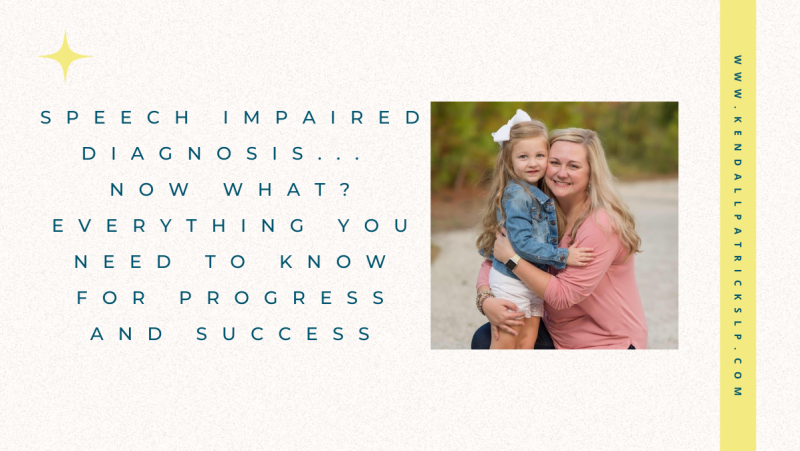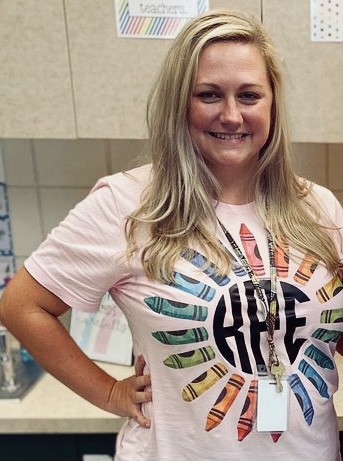Speech Impaired diagnosis comes… now what do I do?? The speech impaired definition is – a disorder that affects the way a person creates sounds to form words. As a parent, hearing any type of news that child may have a disability can be confusing and frustrating. And while a speech impaired diagnosis may seem minor, it still impacts your (and their) life in a major way. So how can you be prepared for this change as a parent? Where do you start as a new clinician when treating this diagnosis. I am here to help!
To gain access to all my freebies related to speech-sound disorders, enter your email below:
Speech Impaired Diagnosis
I remember when I was just starting out as a clinician, that a speech impaired diagnosis did not seem like a big deal to me. You hear the term “speech-only” a lot and that makes it seem like it may not be as serious. And in some ways, it’s not; as speech impairments can typically be resolved relatively quickly with weekly speech therapy sessions.
But it would be negligent not to consider that there is often more to it than that. As a mother now, I realize that anytime you are speaking to parents about a possible diagnosis, it should be considered a “big deal” because this is their baby and no parent wants to hear that something may be wrong or more difficult for their child. And as clinicians, we cannot ignore the fact that speech impairments can be very strongly related to reading difficulties and other language and learning disabilities.
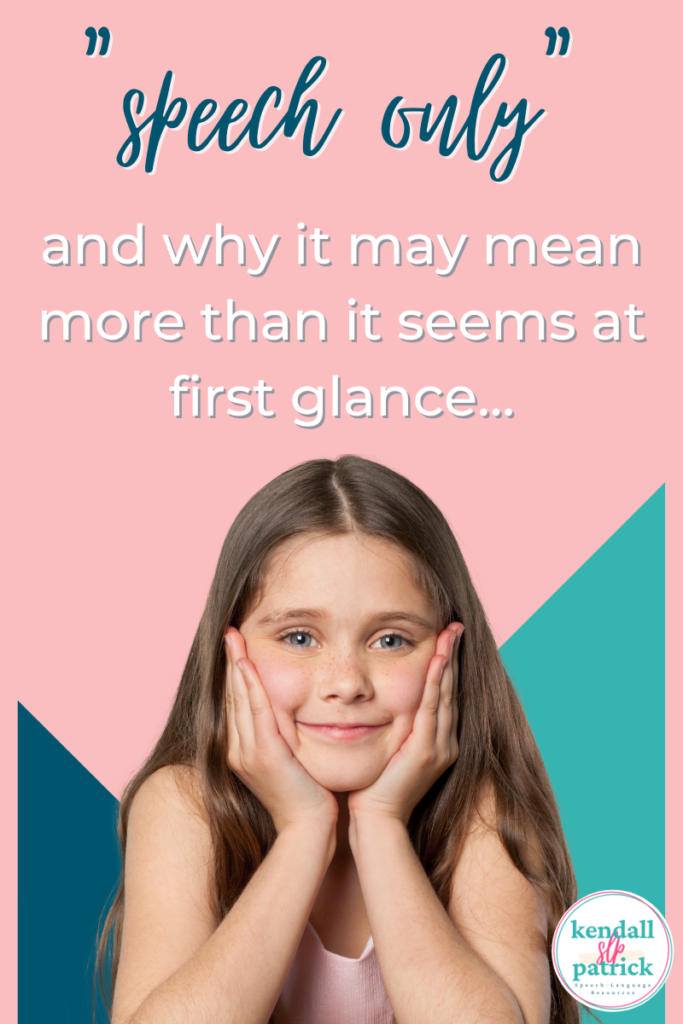
Speech Impaired Definition
A speech impairment is a disorder that affects the way a person creates sounds to form words. Oral communication is an integral part of our children’s lives and also impacts their social and academic performance in the classroom.
Causes and Types
The causes of a speech impairment are mostly unknown and can remain a mystery. Sometimes they affect many to all members of a family, and sometimes only one. At times, siblings have the exact same error patterns and sometimes they are completely different. One situation is never just like another. Other times, the cause can be due to a structural difference or damage to a muscle or organ. Examples of these differences are vocal cord damage, polyps, paralysis, brain damage, muscle weakness, strokes, cleft palate, hearing loss, and even cancer.
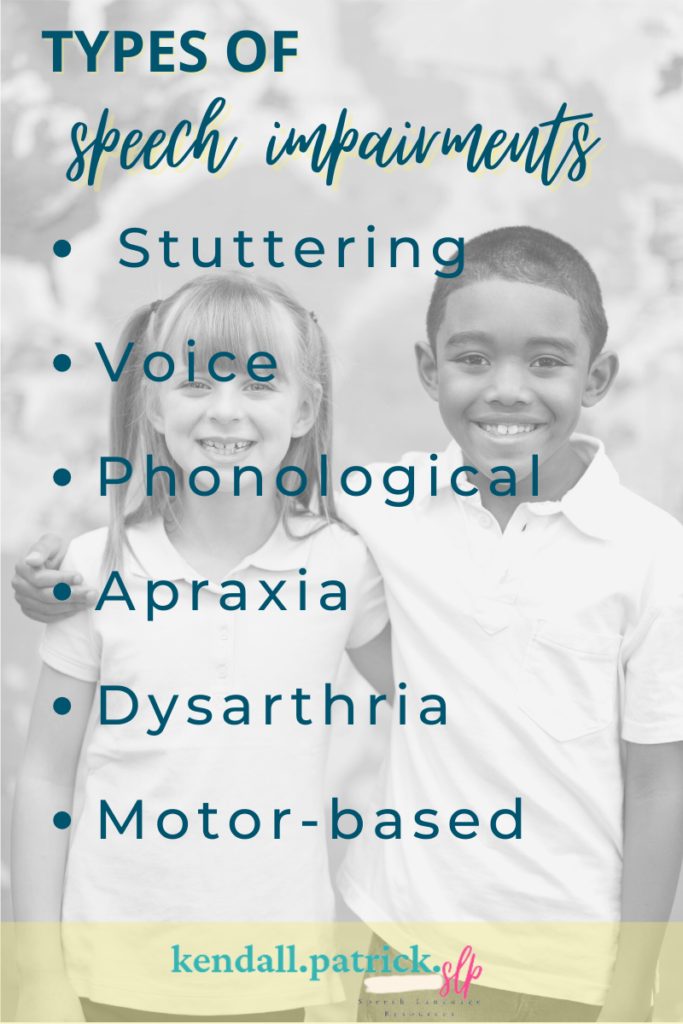
Types:
- Stuttering
- Voice
- Phonological
- Apraxia
- Dysarthria
- Motor-based
Speech Impaired Meaning – Diagnosis
Articulation refers to how we make speech sounds using our articulators (mouth, lips, and tongue). For example, we need to be able to say the /l/ sound in order to say “lunch” instead of “wunch” or “yunch.” (ASHA)
What is Speech Impaired Treatment?
Vertical treatment strategies are intense and focus on 1-2 target sounds until a mastery level (typically conversation level) is met, and then the clinician moves on to the next target sound.
Horizontal treatment strategies are less intense and target a few sounds at a time so that the child is exposed to more sounds.
Cycles treatment strategies target sound patterns for a set amount of time (not based on mastery) and then the clinician moves on to the next target and cycles through all targets again as needed.
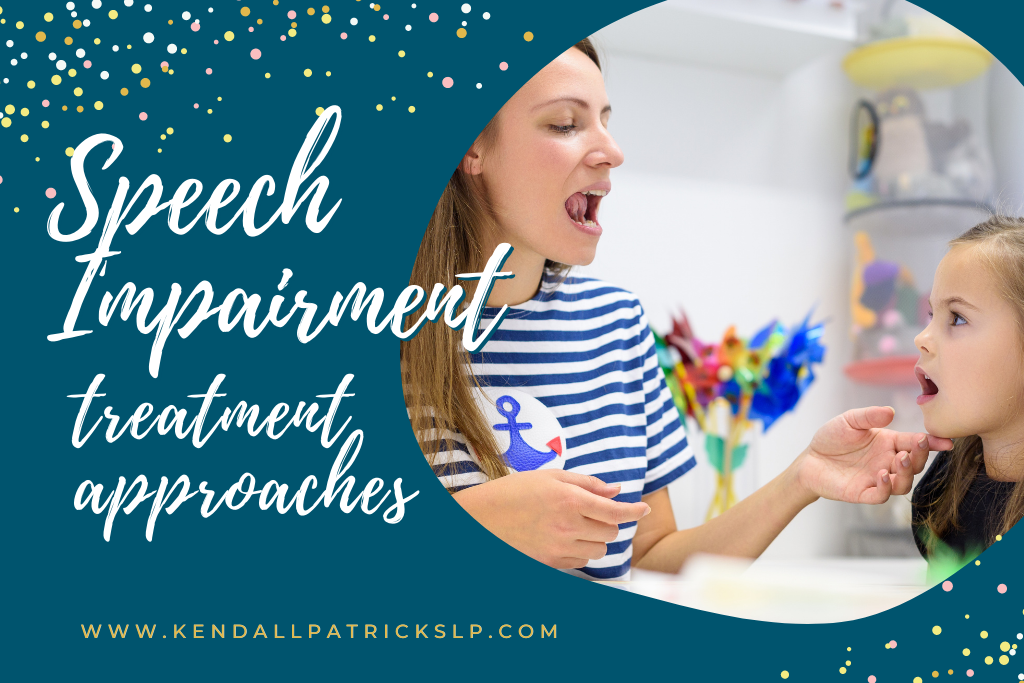
The Speech Impaired Child
By age 5, most children can produce 90% of consonants correctly (Source: McLeod and Crowe, 2018).
Typical age that consonant sounds are mastered:
| Age 2 | /p/ |
| Age 3 | /b, m, d, n, h, t, k, g, w, ng, f, y/ |
| Age 4 | /l, j, ch, s, v, sh, z/ |
| Age 5 | /r, zh/, voiced /th/ |
| Age 6 | voiceless /th/ |
Source: McLeod and Crowe, 2018
For a free download of the above chart and information, check out my free resource library. I have an instant download that you can print and then have ready to share with parents as needed.
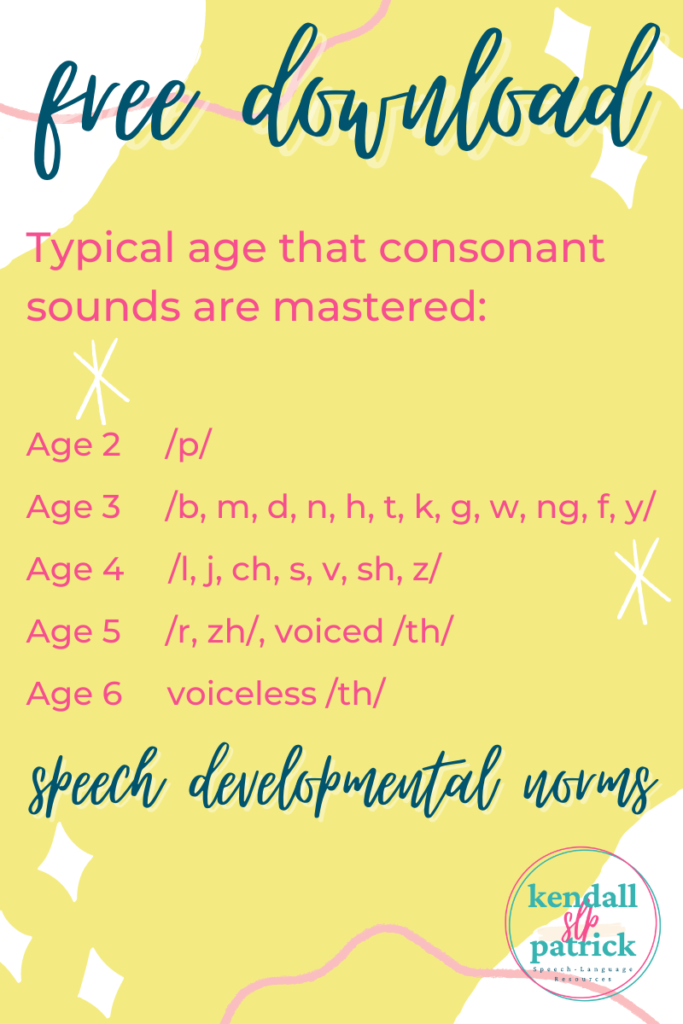
What Does “Speech Impaired” Mean for Us?
It is important to look at the whole child when diagnosing and treating a child with a speech impairment. There also may be other factors or secondary behaviors and conditions that coincide with this diagnosis. Many of my students also experience stress and anxiety as well as some behavior concerns in the classroom.
Speech Impaired – Apps to Use at Home
These are some of my favorite apps to use for speech therapy carryover at home:
- Word Vault
- Articulation Station
- Apraxia Picture Sound Cards
- Charades – Articulation
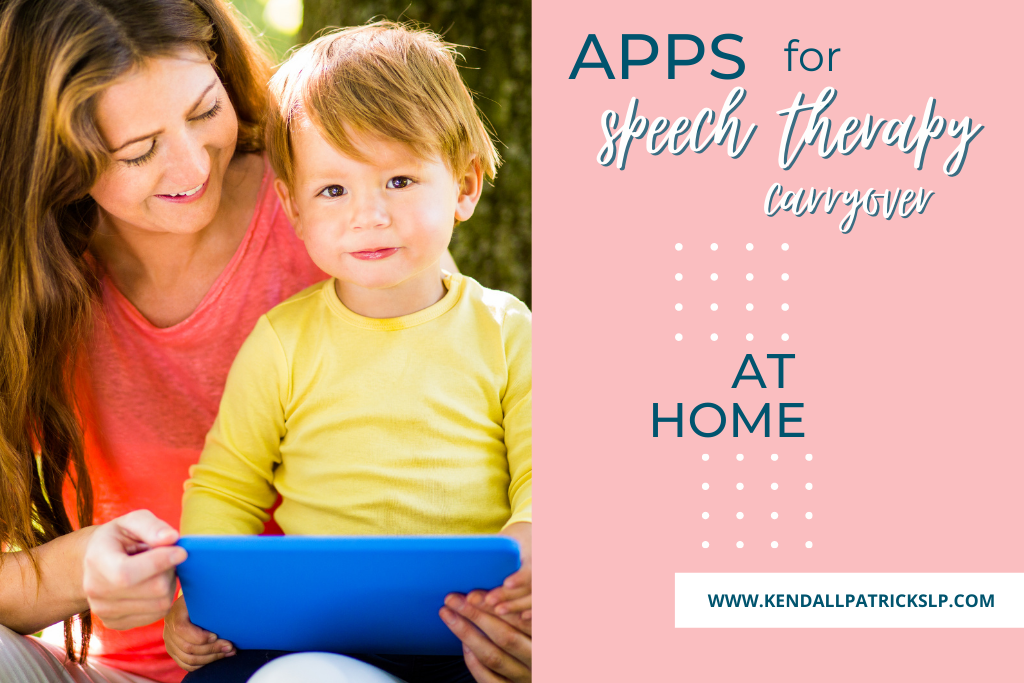
Resources for SLPs
It has taken me YEARS to find a data collection method that works for me and that I found simple to use on a regular basis. I’ve tried a little bit of everything and I’ve learned that what works for one person, may not work for another. Which is totally fine! I spent time exploring different options, reading about what other SLPs use, downloading different types of data sheets and progress monitoring tools, so I could figure out what did and did not work for me.
Speech Impaired Data Sheets
For the most part, I am still old school and I like to write things down on paper. I am trying to branch out and use more technology, but I still love my paper. (I still use a paper planner too!)
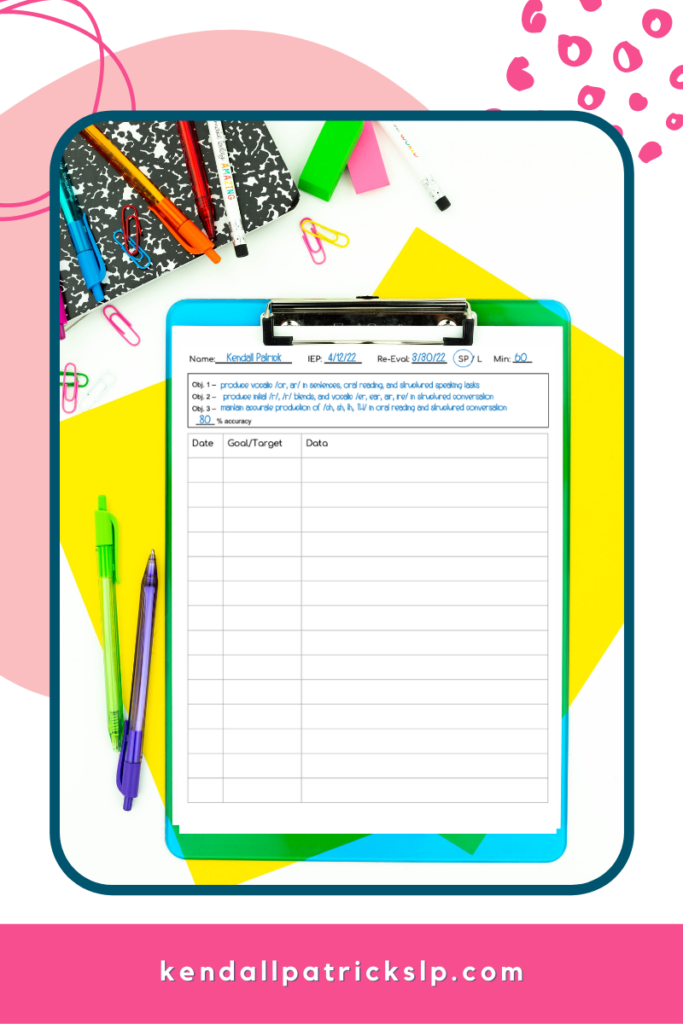
If you’re interested in trying out the speech therapy data sheet templates that worked for me, I have some in my store. This is a collection of data sheets that I use most often for my different groups and individual therapy.
I have a lot of different types of groups and sizes of groups, so it is important to take into account the various service delivery models you will be utilizing for your caseload. I usually have a lot of groups that are seen twice a week for 30 minutes each and that makes up most of my schedule. But I also see kids in a “5-minute kid” model for articulation daily, I have some groups that come 3 or 4 days because of higher needs or the need for more frequent services, some students that are seen just once a week (e.g., in a fluency or social skills group) and I also push-in to our full-time ESE classroom.
Speech Therapy Data Collection Forms
I also use these speech therapy data collection forms to keep track of progress throughout the year. This is perfect for semester progress monitoring when progress report time rolls around.

Apps for Speech Impaired – Therapy Use
These are some of my favorite apps to use in my own speech therapy sessions:
- Word Vault
- Articulation Station
- Apraxia Picture Sound Cards
- Story Dice
- Boom Cards
- VowelViz
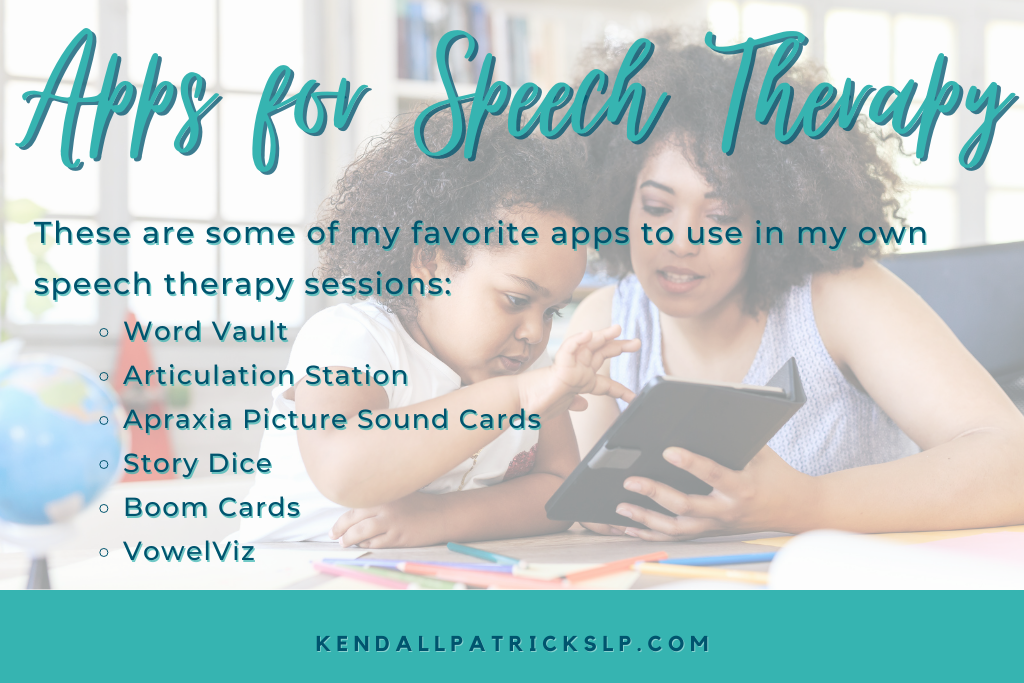
More Information on Different Speech Therapy Approaches
“Historically, treatments that focus on motor production of speech sounds are called articulation approaches; treatments that focus on the linguistic aspects of speech production are called phonological/language-based approaches.” (ASHA)
Articulation approaches target each sound, selected by the clinician, and are used when the errors are motor-based.
Phonological/Language-based approaches target a group of sounds with similar patterns and are selected to help the child internalize and generalize phonological rules to other sounds within that pattern.
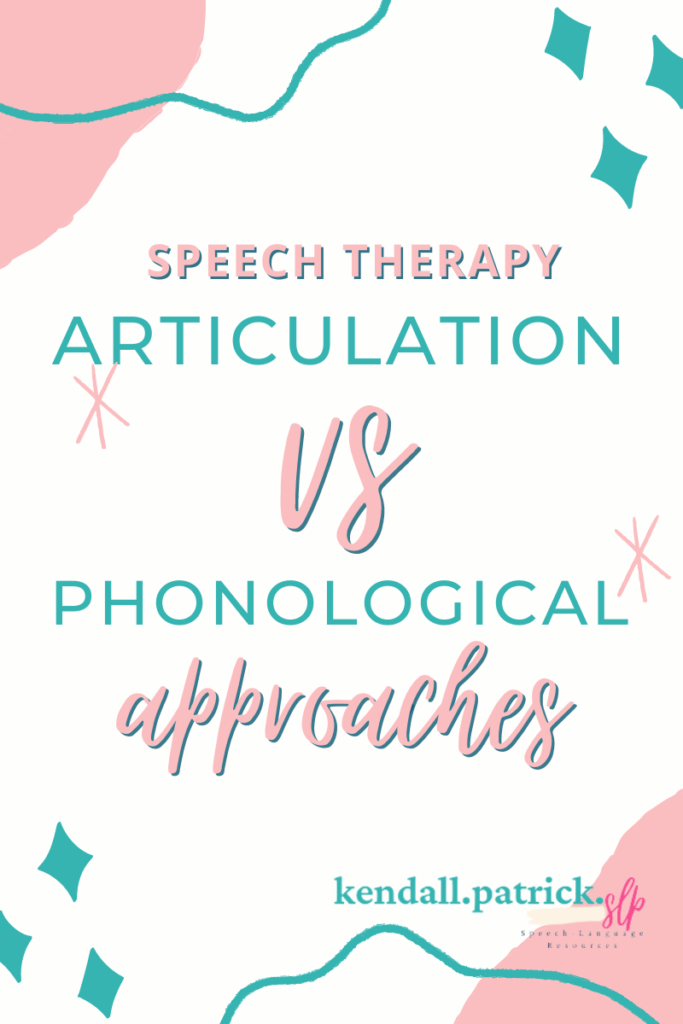
For more information on different articulation therapy approaches, check out my blog post on it here.
Additional Information on the Speech Impaired Diagnosis:
What is a speech impairment? From Florida Department of Education
Speech Disorder Fact Sheet from Nemours Kids Health
Can a speech impairment occur in only 1 language of a bilingual person? From Bilinguistis
Don’t forget to check out my freebie library, access it here:
I hope you found the information about the speech impaired diagnosis and treatment helpful and can use this information to guide your own journey with your child or your SLP journey. Please leave a comment or shoot me an email if you want to share some of your speech impaired experiences.

